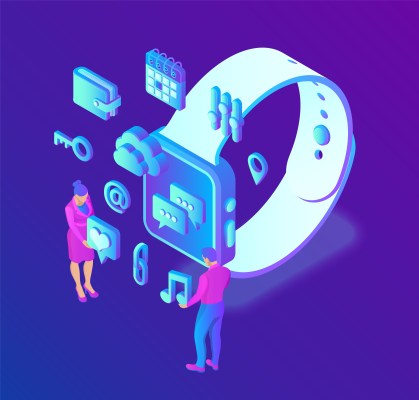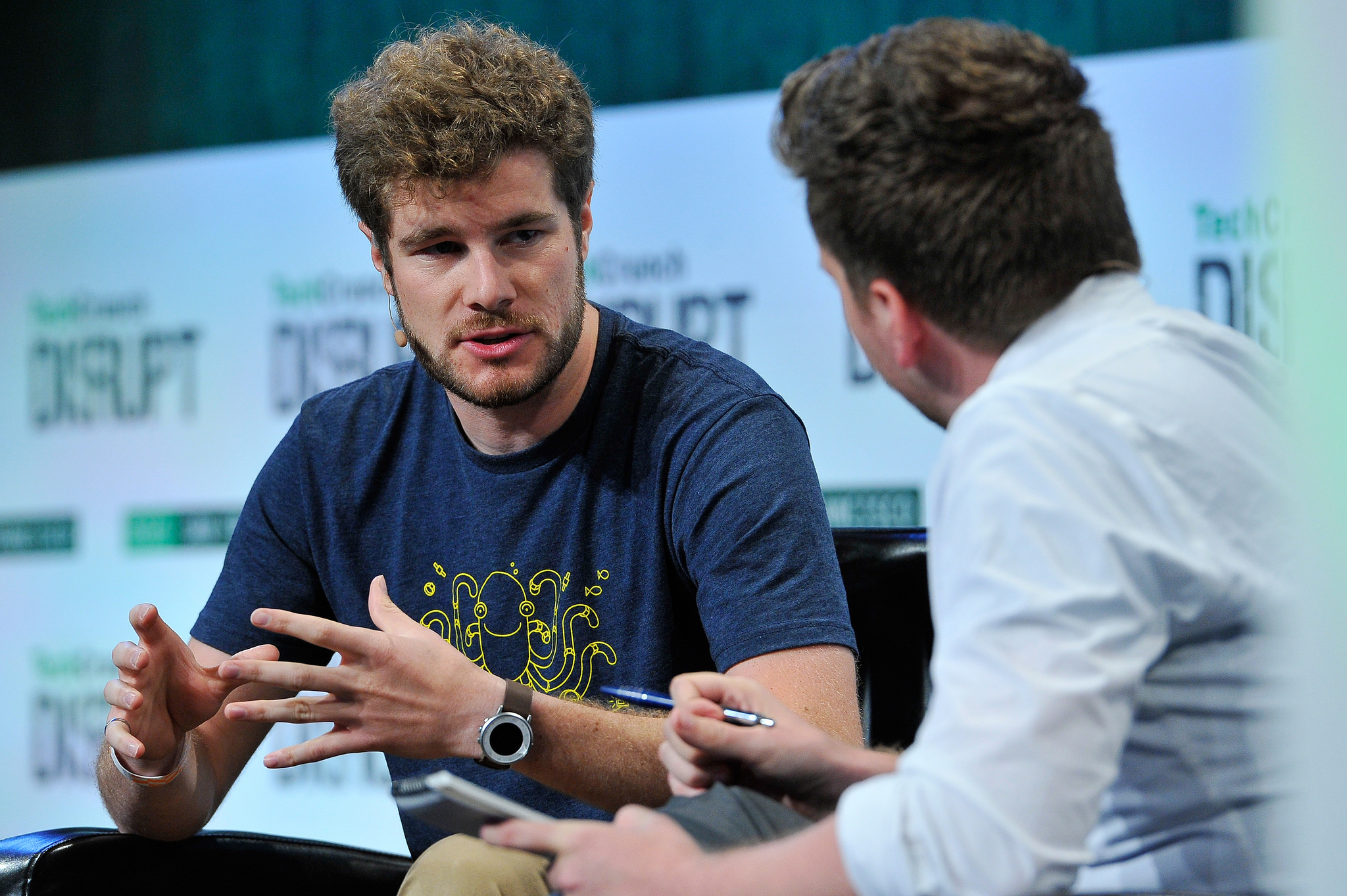Last week Samsung and Fossil kicked off the week by announcing new smartwatches. On the same day. At the same time. For a brief moment, it felt like 2015 all over again, when the world of smartwatches felt exciting and new.
Mid-way through 2019, the good news for smartwatches is that the category continues to grow. Numbers from Strategy Analytics show some truly impressive movement on that front, with shipments from 44% year over year in Q2, from 8.6 million to 12.3.
Lots of reason to celebrate there if you’re a smartwatch maker — or, rather, if you’re one very specific smartwatch maker. The very important caveat to the rosy numbers is that they start to look considerably less rosy when you take Apple out of the equation. The Apple Watch accounted for 5.7 million of those Q2 numbers. That’s 46% of the category, up slightly from 44% the year prior.
The numbers were reflected in Apple’s last earnings. The wearables category (which, notably, also includes AirPods) was a bright spot in the company’s otherwise disappointing hardware numbers. Compare that to the company with the second-largest numbers for the quarter: Samsung, which shipped two million smartwatches in that time period.
It’s a pretty massive gulf, but the company has reason to be positive: the company more than doubled its shipment from the year prior, in part on the strength of the addition of the Galaxy Watch Active, a cheaper and more accessible version of the standard smartwatch. Those numbers may be helped further with last week’s introduction of the Galaxy Watch Active 2, which slots between those devices and also includes an Under Armor-branded model.
For Fitbit, however, the addition of a cheaper model didn’t go as well as planned. After several positive quarters, the company stumbled when the Versa Lite failed to live up to expectations. Fitbit, too, had reason to be hopeful. After several quarters of disappointing earnings, its smartwatch Hail Mary finally worked out with the introduction of the original Versa.
After a stumble with the Ionic, the product delivered on the promise of several high-profile acquisitions, including Coin, Vector and, perhaps most notably, smartwatch pioneer, Pebble. The latter reminded me of conversations I’d had with Pebble’s CEO prior to the original Apple Watch’s launch.
He was confident at the time that the company would survive Apple’s entry into the category — but like so many spaces before, the company came to utterly dominate the field. I will add that I was skeptical about Fitbit’s ability to carve out its own niche in the category and make up for stagnating fitness tracker sales.
Ultimately, however, they assembled the disparate pieces into a quality product that:
- Worked with Amazon
- Was priced under $200.
With the Versa Lite, the company attempted to further capitalize on the second point. The $40 price difference clearly wasn’t enough to compel a lot of purchases, however — particularly not with the fitness and music features it dropped to arrive at that price. The company will have an opportunity to amend those disappointing numbers with the Versa 2’s arrival just over the horizon.
The other big smartwatch announcement from last week, Fossil’s Gen 5 smartwatches, felt like a Hail Mary in its own right. Recall that Google spent $40 million back in January to purchase smartwatch R&D tech from the watchmaker.
Five years and change after launching at Android Wear, Wear OS hasn’t made a dent. That’s in spite of its direct link to the world’s most popular mobile operating system and partners in some of the world’s highest-profile consumer electronics companies. In fact, more often than not, Google doesn’t even get a mention in those reports. The company has failed to reap the growth of Samsung (Tizen) and Fitbit’s (Fitbit OS) growth — as moderate as it may be, compared to the likes of Apple.
The announcement of new Fossil devices hardly caught the world on fire last week, but the products feature both a new Qualcomm wearable chip and the latest Wear OS features. It’s akin to what Google has begun offering with its Pixel handsets, a platform for showcasing the latest new features.
There does appear to still be room in the space, as smartwatches grow overall. For now, Apple’s dominance in the smartwatch category feels like an echo of the earliest days of iPhone. Of course, while it’s mostly been forgotten, Android too struggled a while after launch. Perhaps Wear OS still has some life in it yet.

